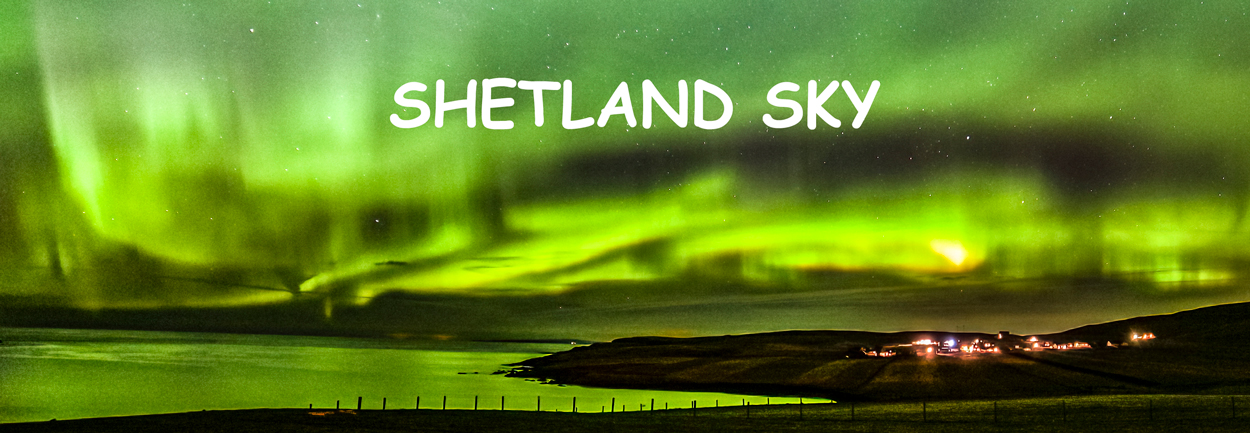Before moving to Shetland from Sheffield it virtually impossible to see the Milky Way due to Light Pollution. From the darkest spot in the Derwent Valley it was just visible.
Earth sits approx. 2/3rds from the centre on the outer edge of the spiral arm. Because the galaxy is essentially disc shaped, there are more stars in our line of sight as we look along the plane of the galaxy than there are when we look above or below the plane
A long exposure reveals the dense star clouds towards the centre. The central region is dominated by a dense hub of old red and yellow stars while the outer edge has a mix of stars.
Milky Way at St Ninian's
I used a Samyang 24mm lens and a Sony A7s in these photos, most at ISO 4000 at f/2
Still plenty to see in the Shetland Night sky even if the Aurora is not visible
Milky Way at Scatness
The galactic core is only visible in Shetland late August , September & early October especially when there is a new moon. This is the prime area for photography.Capturing the correct colours is a different matter. It is generally accepted that the core band of the Milky Way is a whitish cream colour, not the vivid purples, blues or greens that appear in some photos, but that's the photographer choice when processing.
Don't forget to join us at Shetland Aurora Hunter on facebook










Fabulous images. Is there even a brief amount of darkness in the first week of June to capture the Milky Way. I have experience of capturing it with stacked images in light polluted areas and wondered if it would be briefly possibly in early June, perhaps in the darkest 30 mins? (Unfortunately that is when I will be going, for birding reasons)
ReplyDeleteThere is only a very small amount of darkness (Simmer Dim) when its not really dark, doubt it would be dark enough to photograph Milky Way. For birds see my blog shetlandsfp.blogspot.co.uk
ReplyDelete